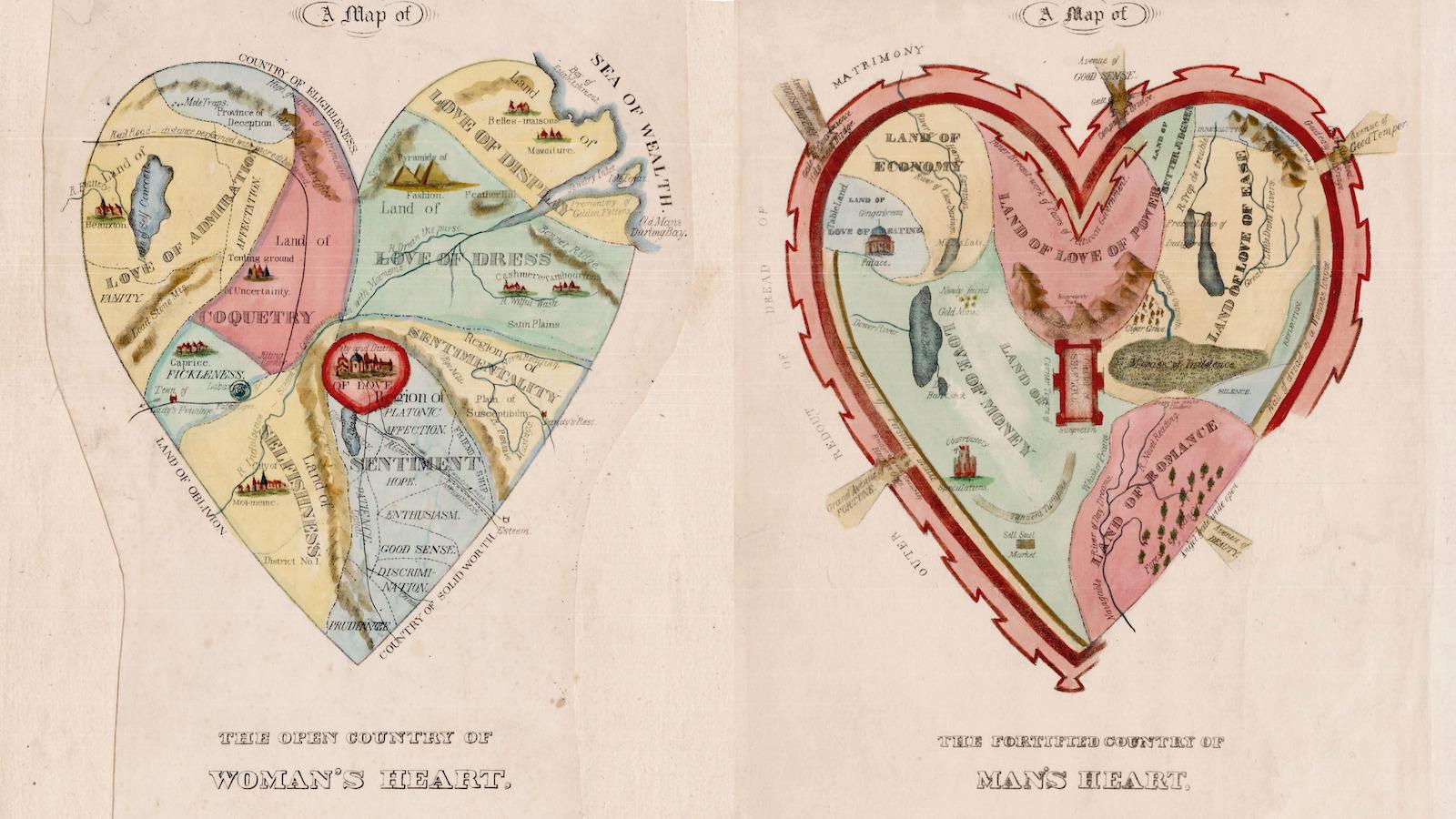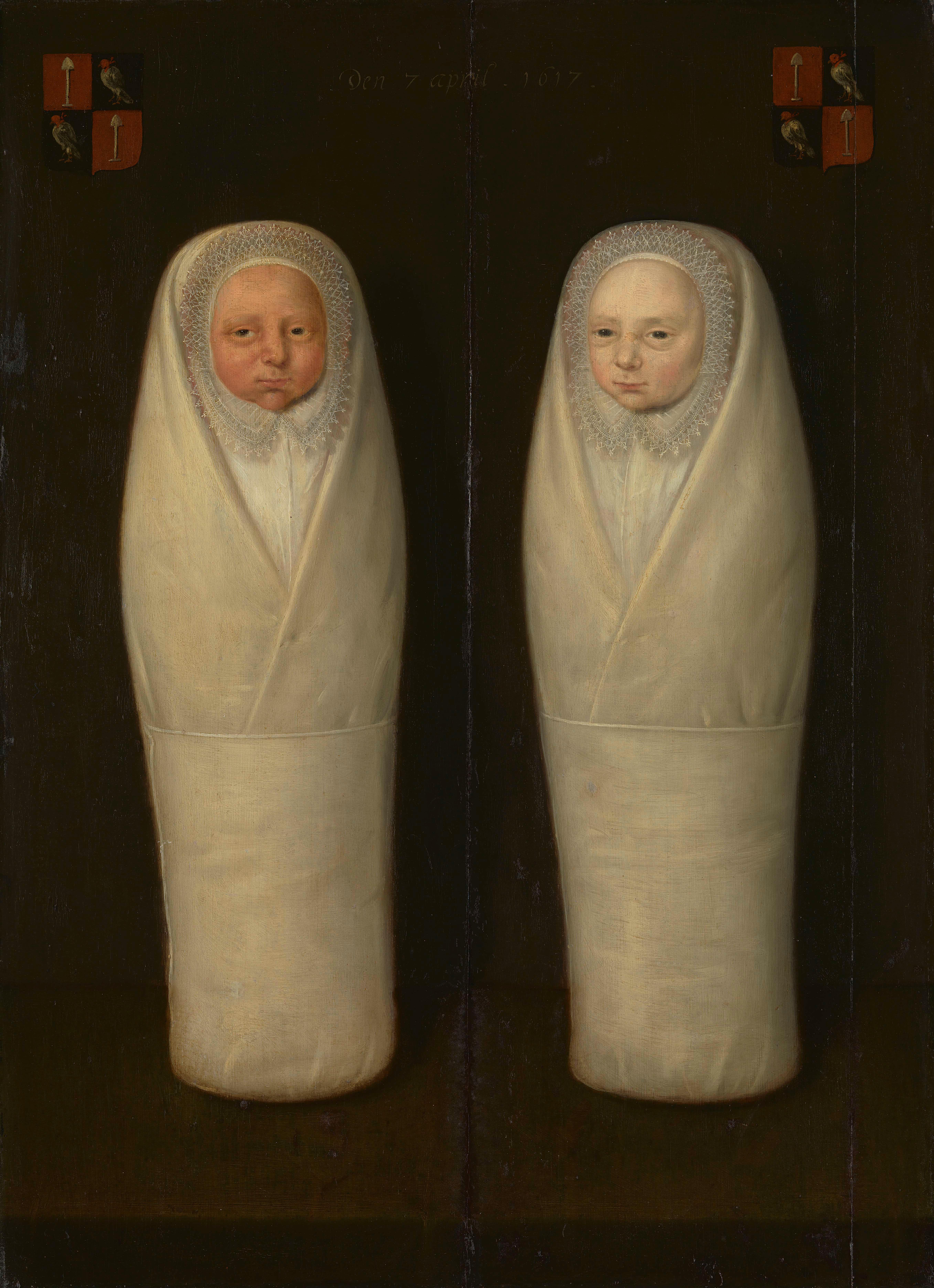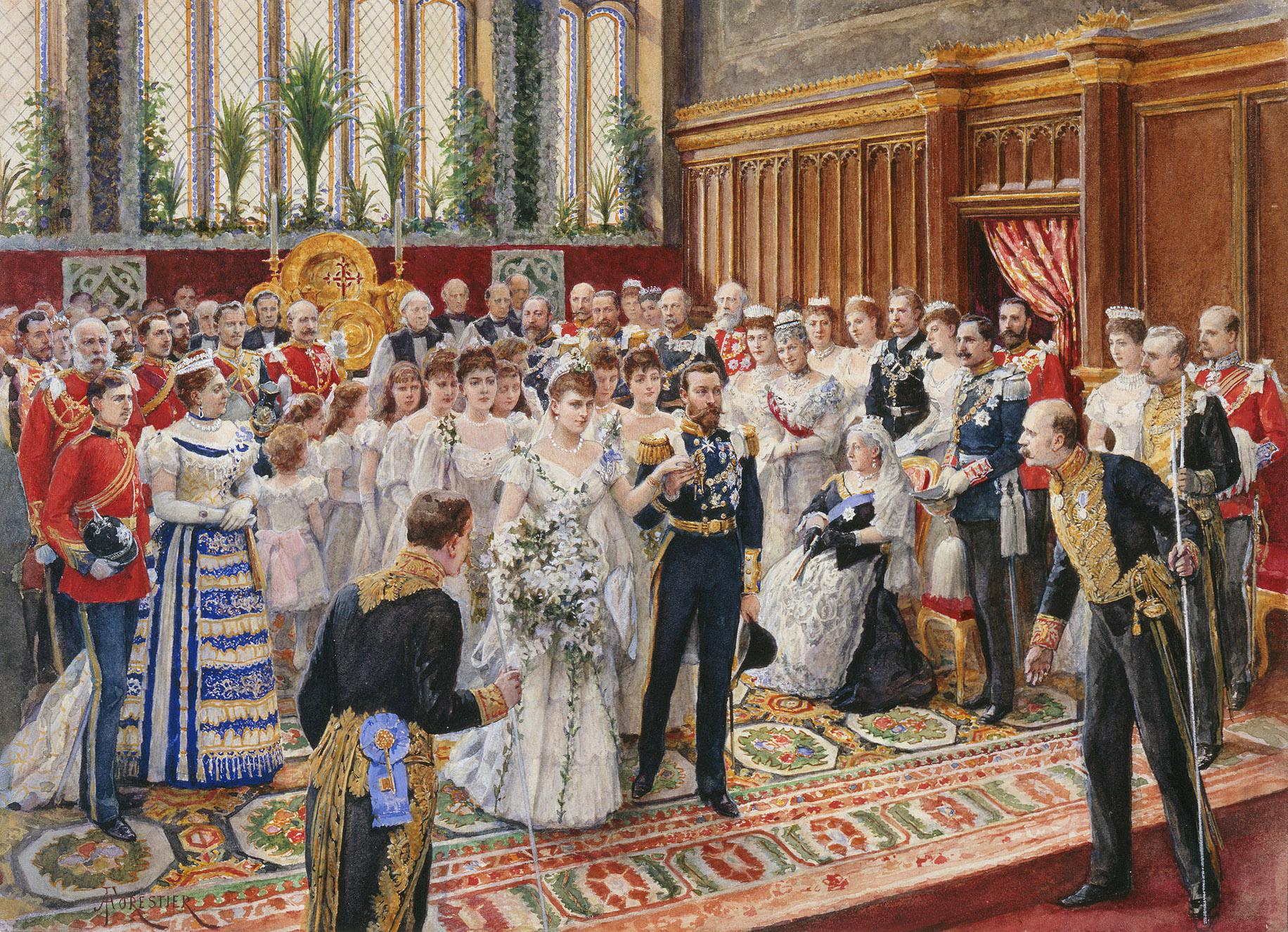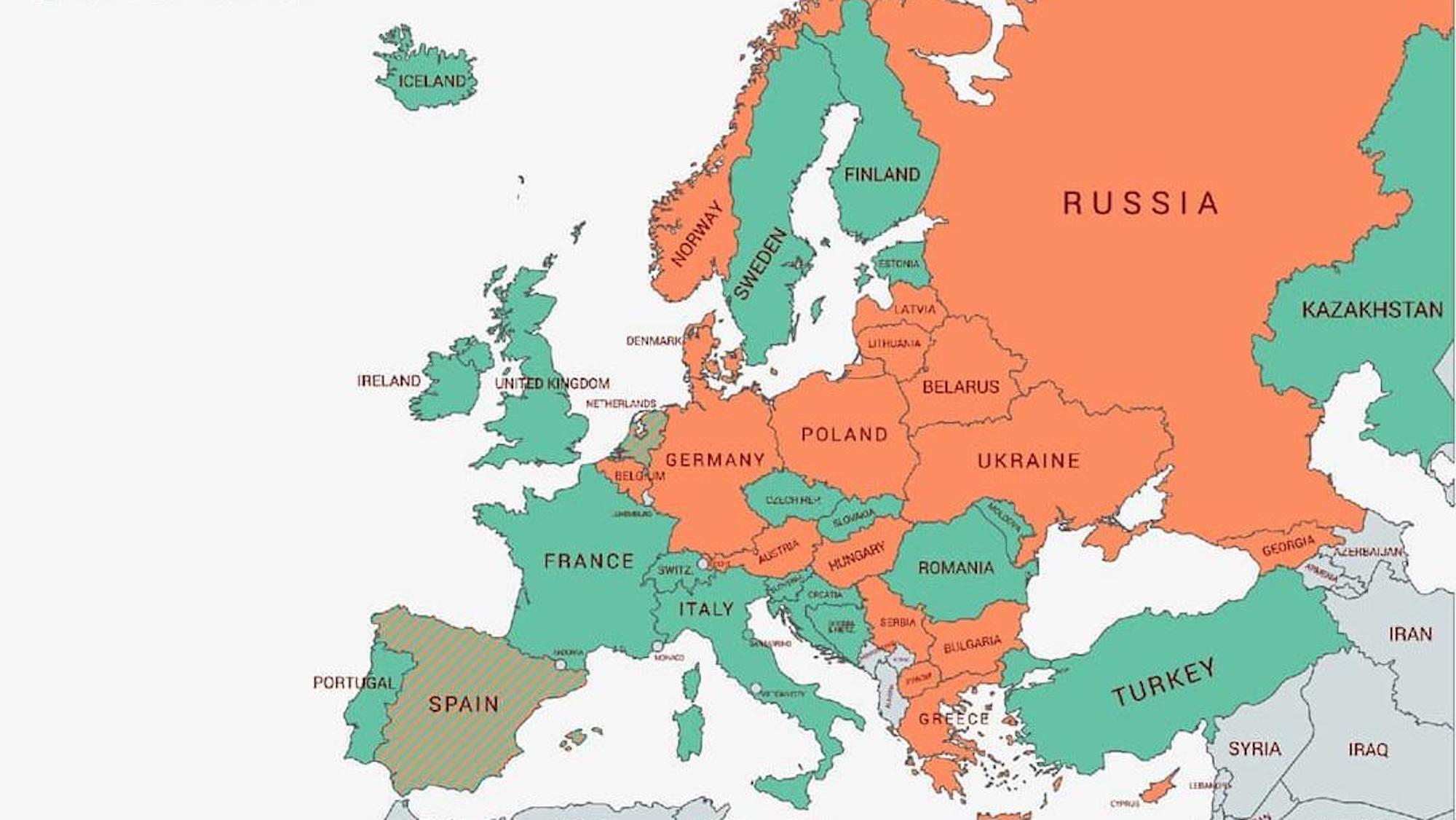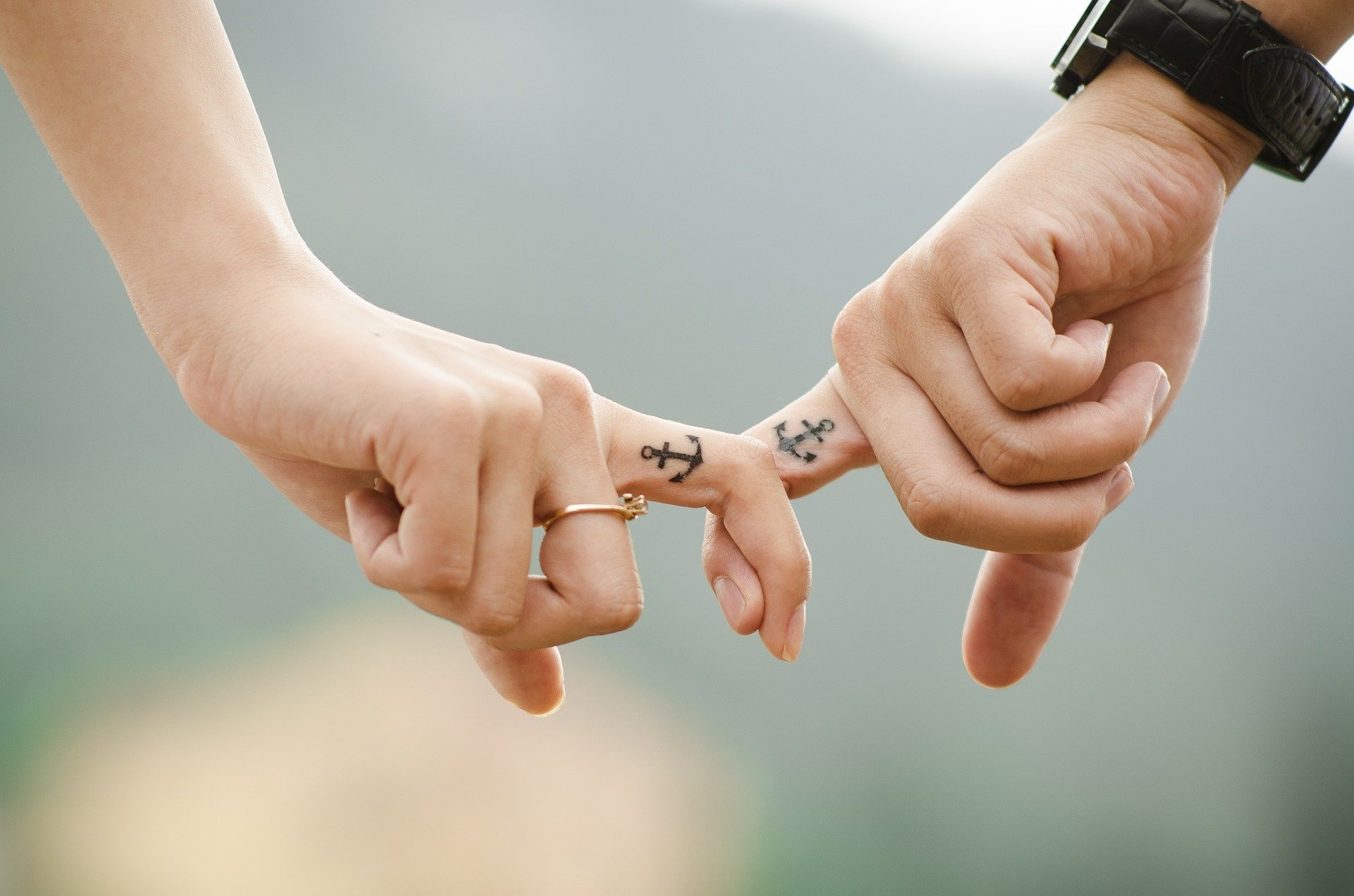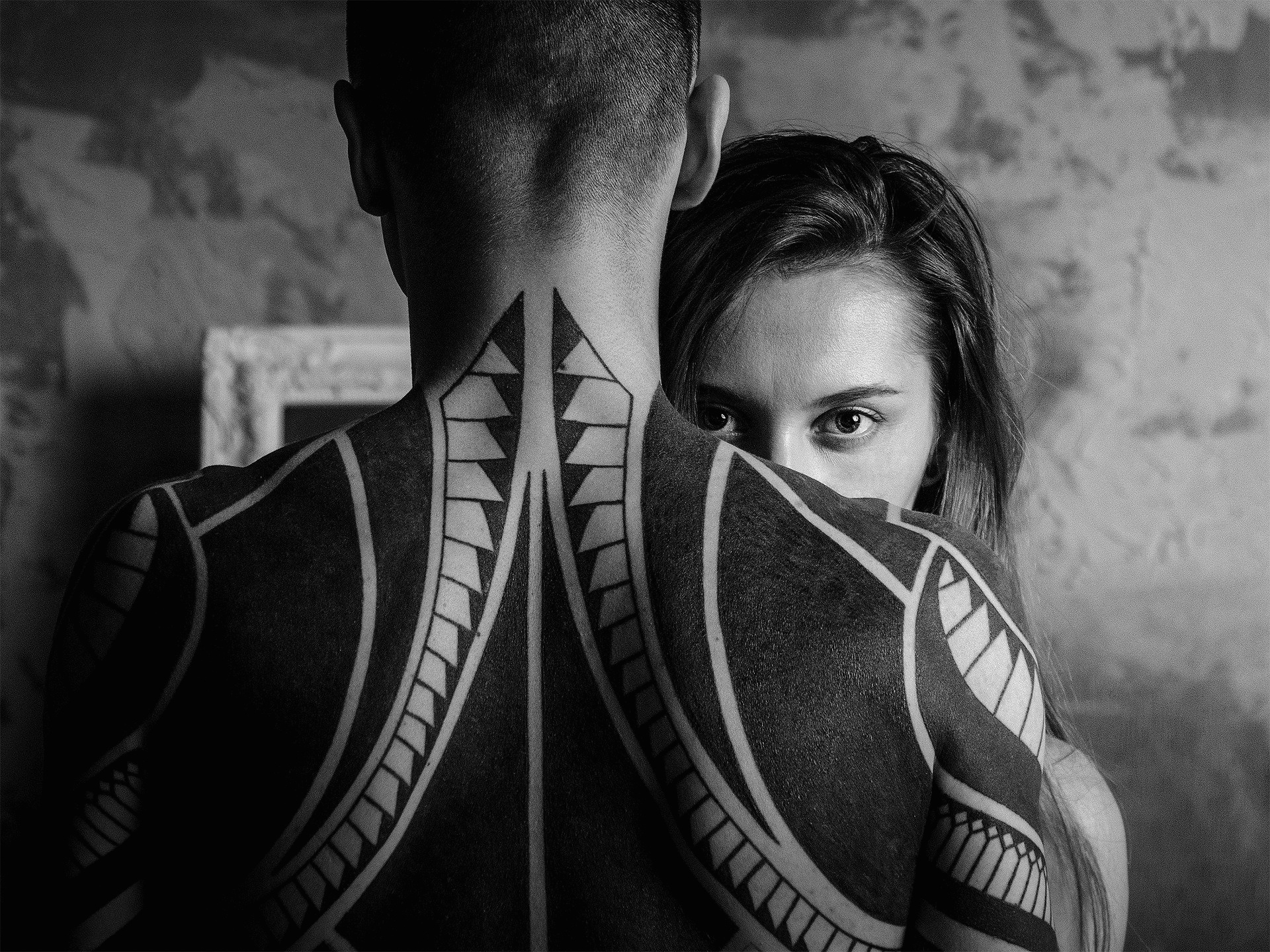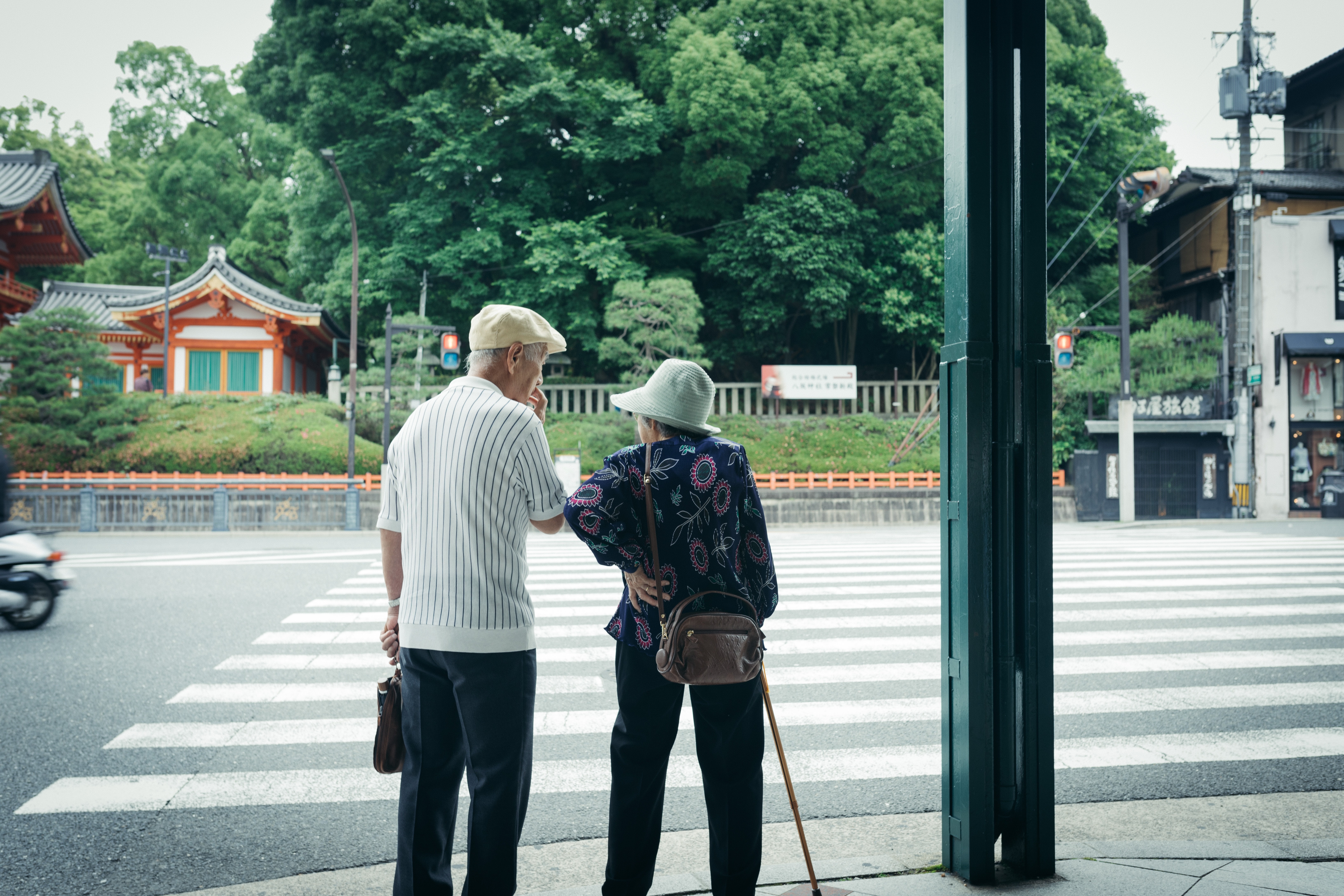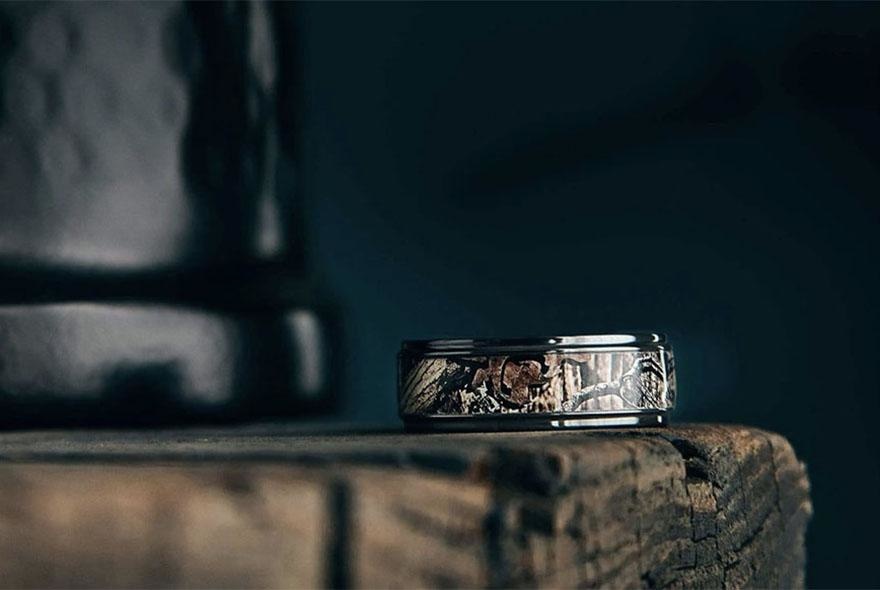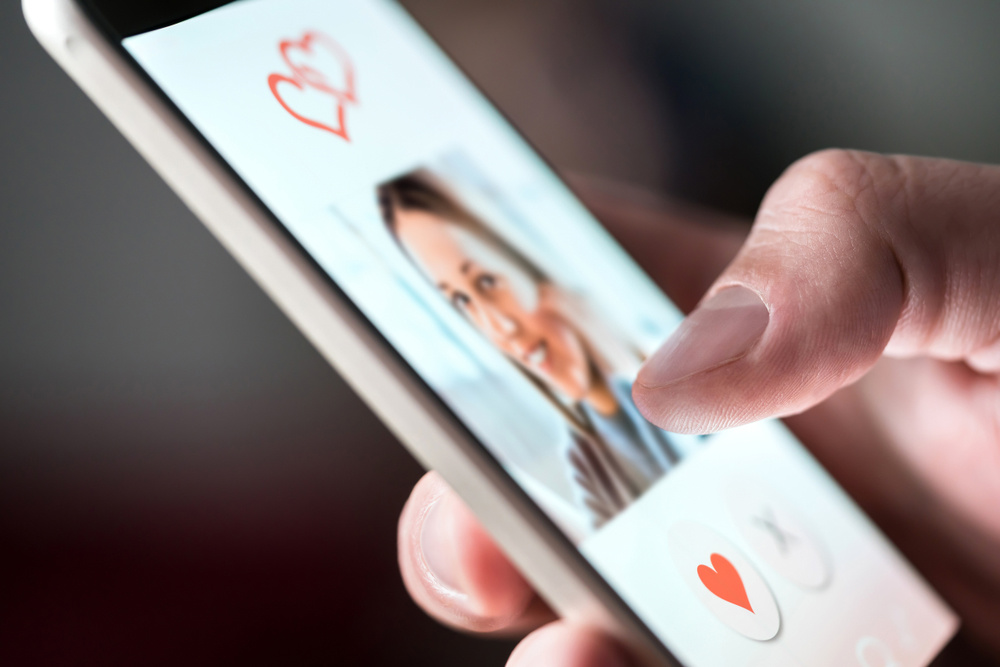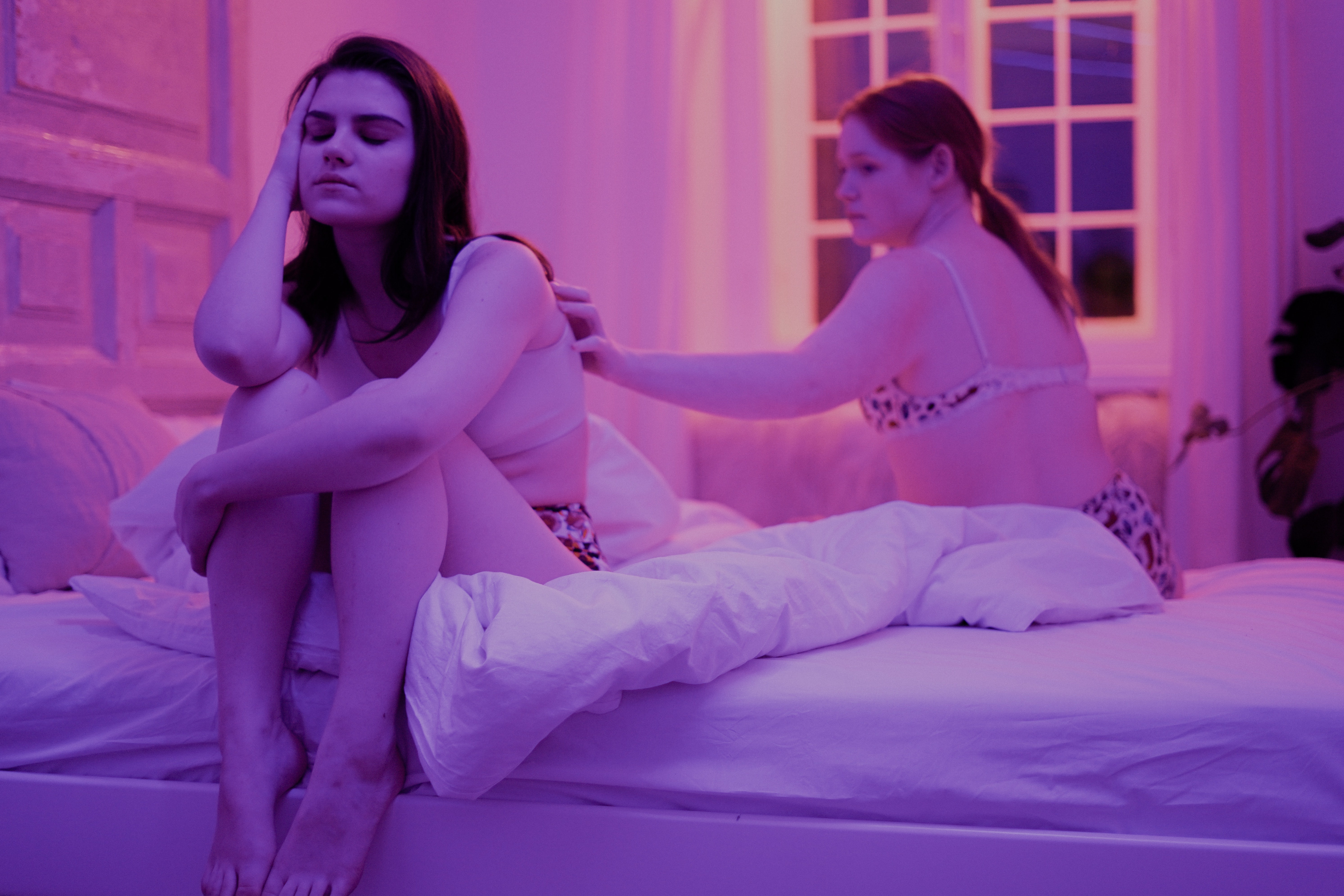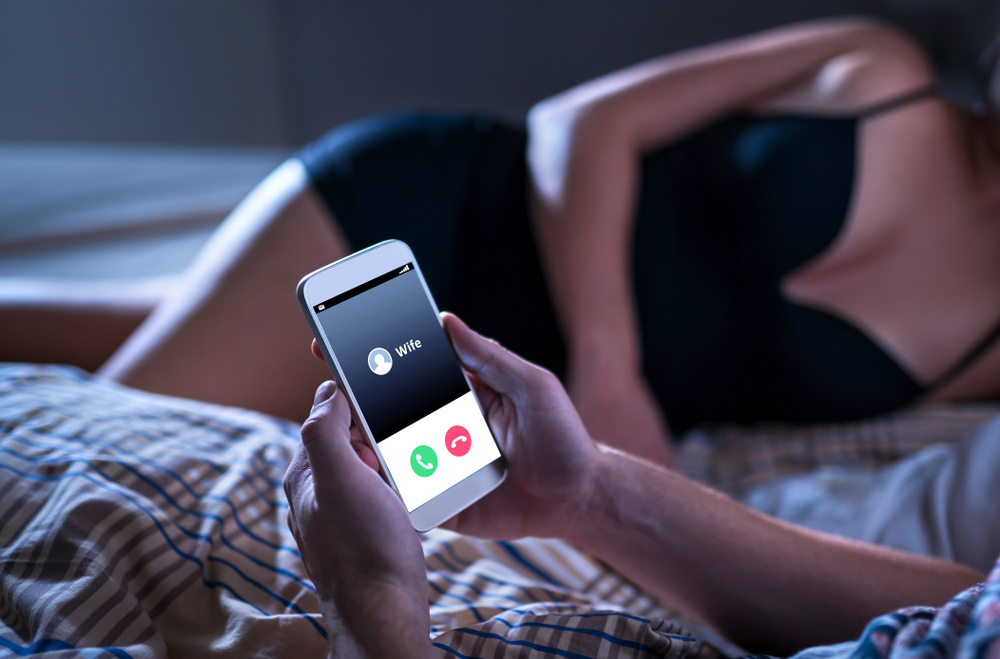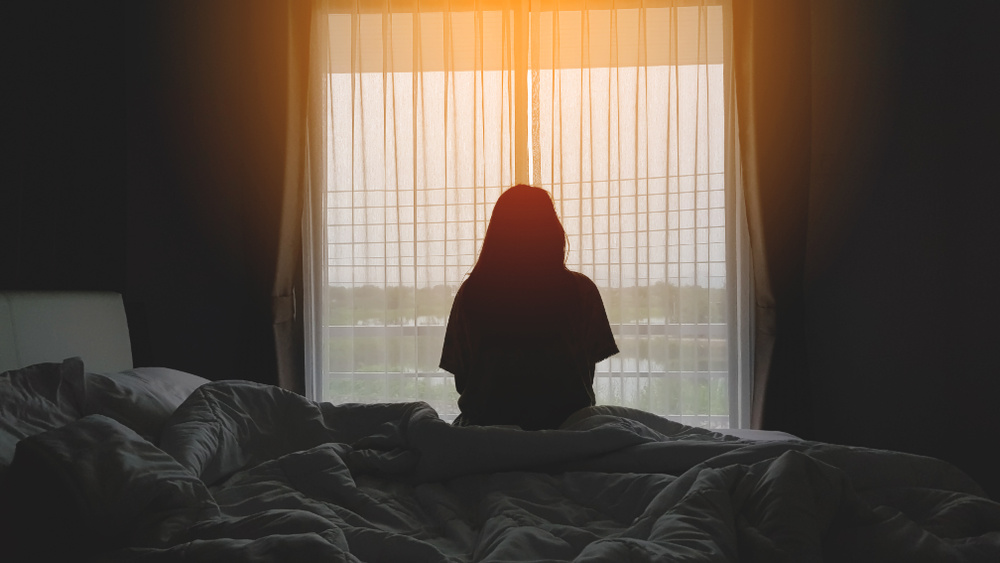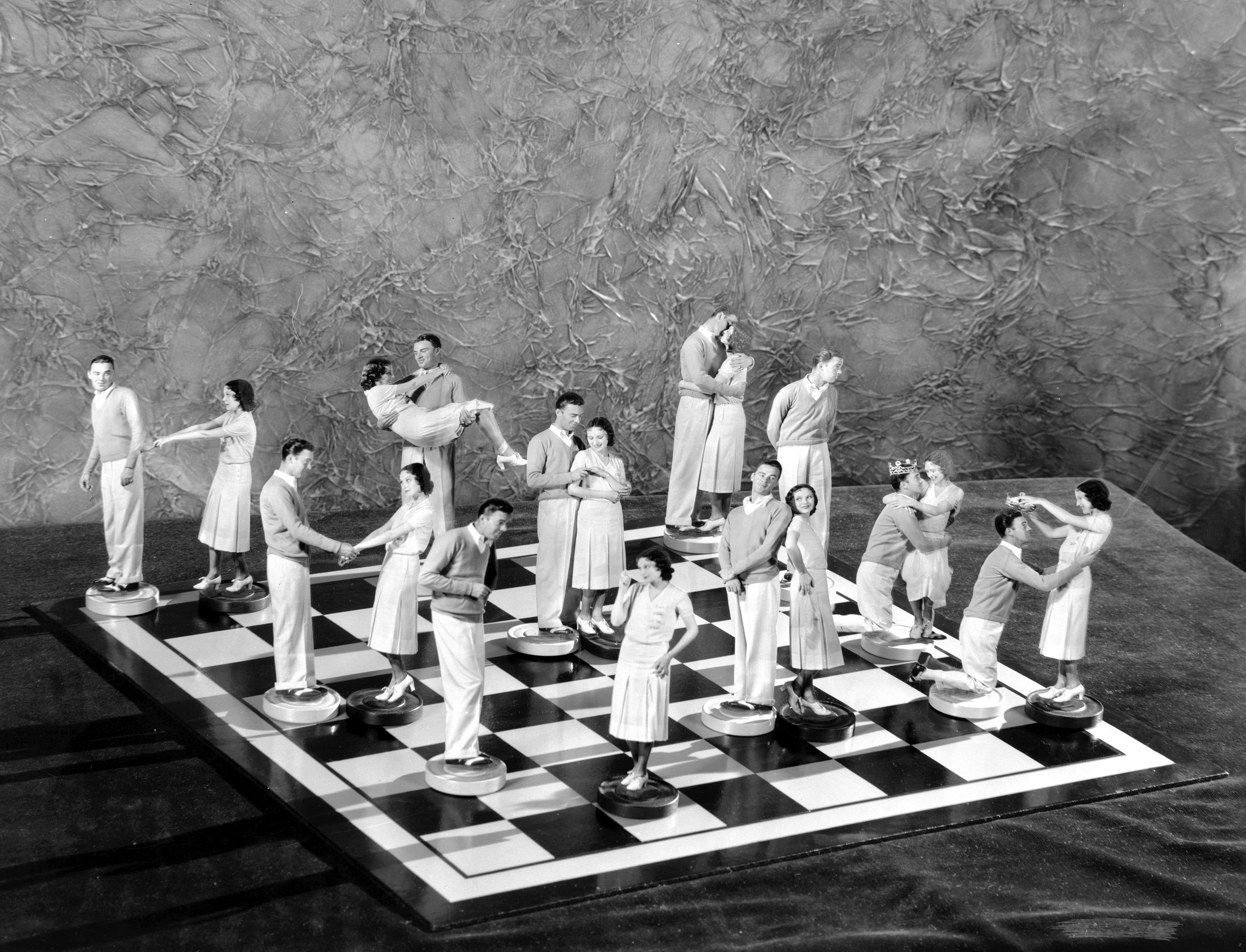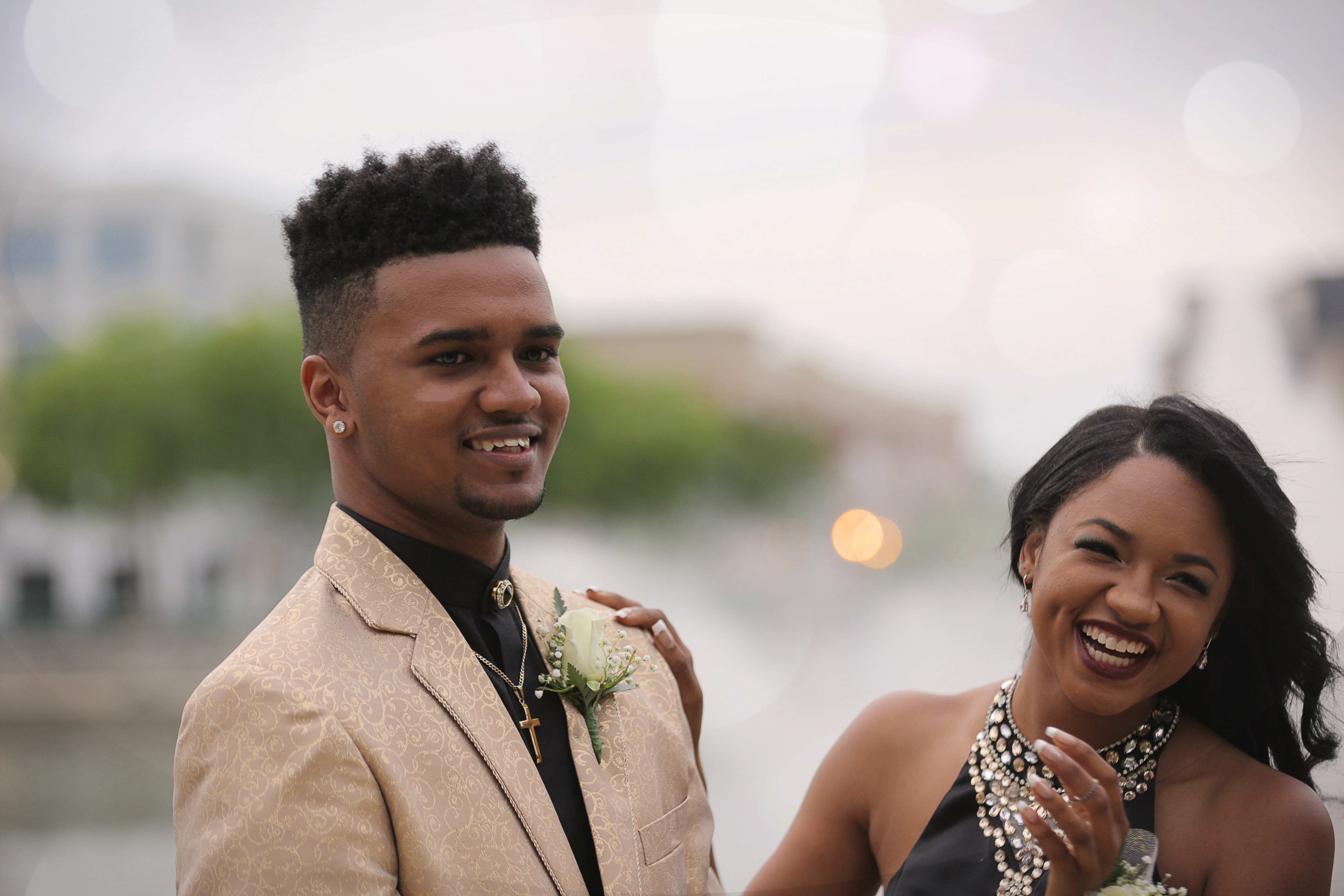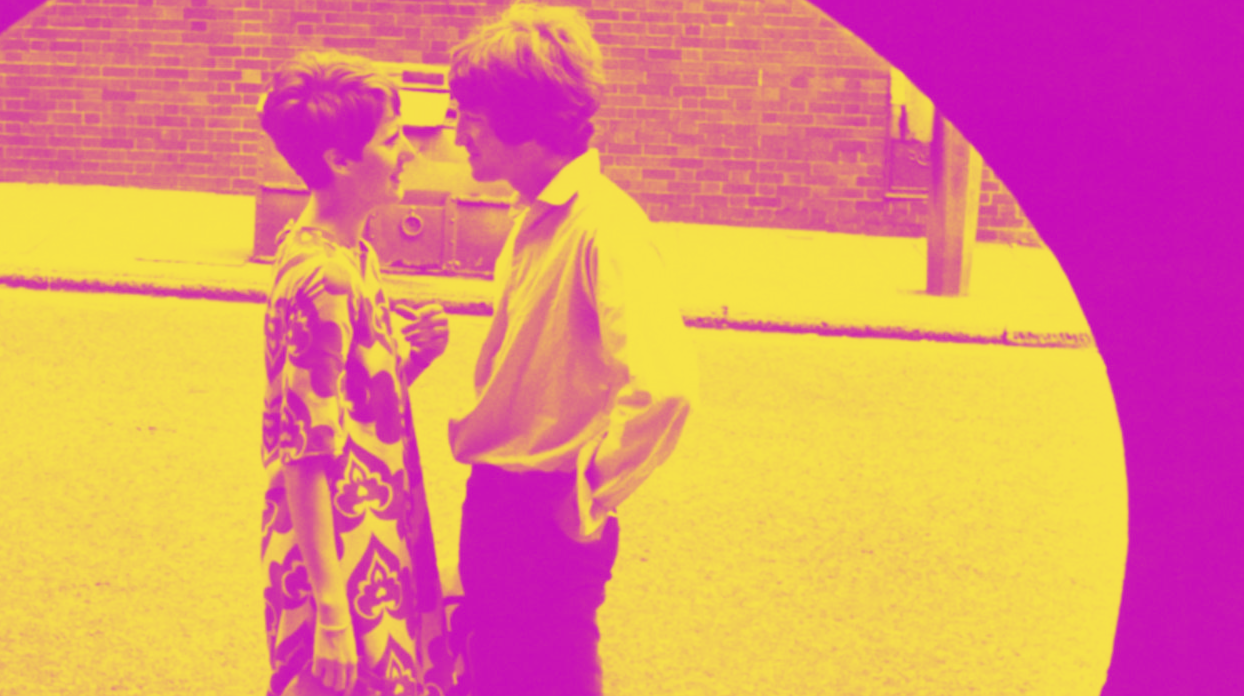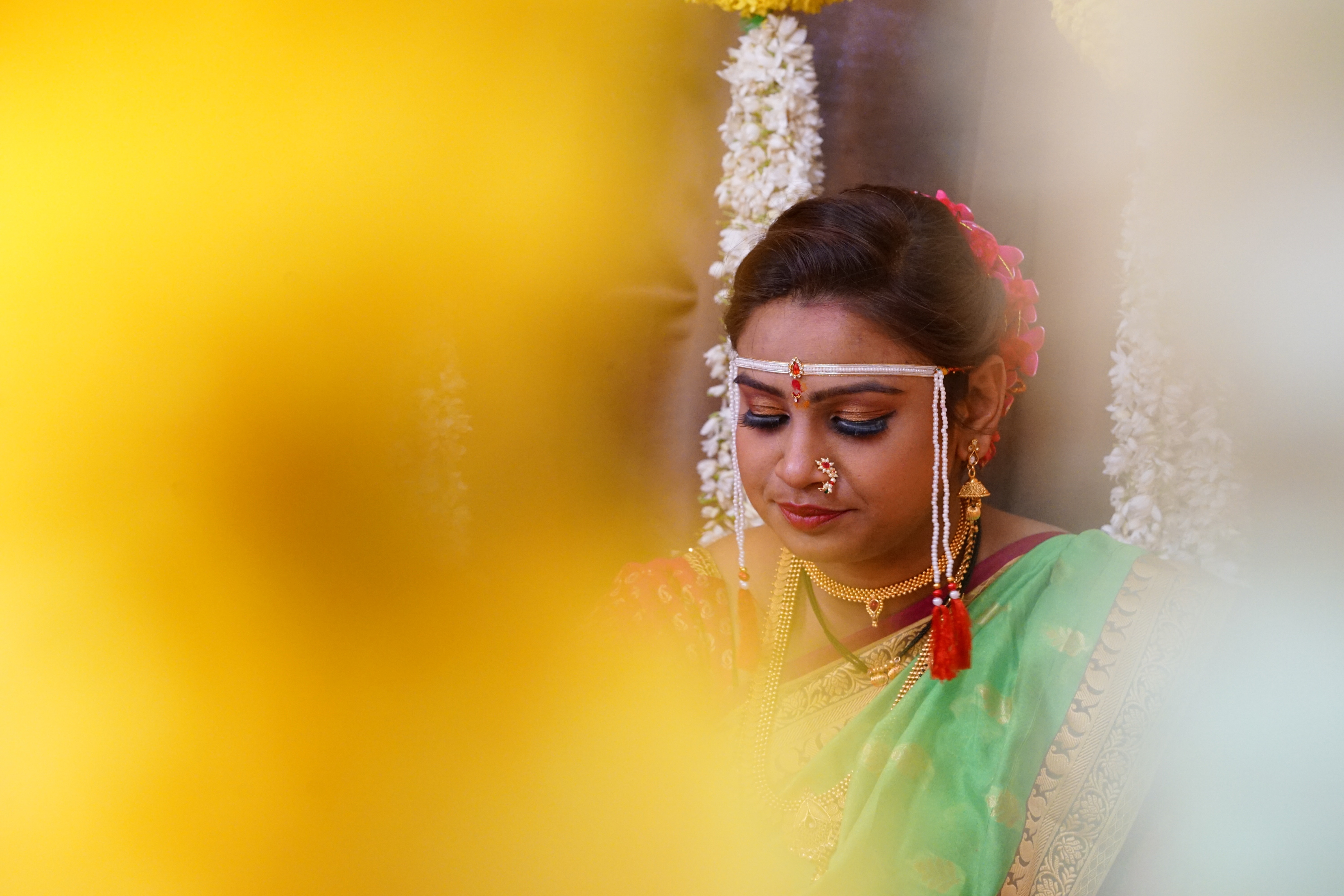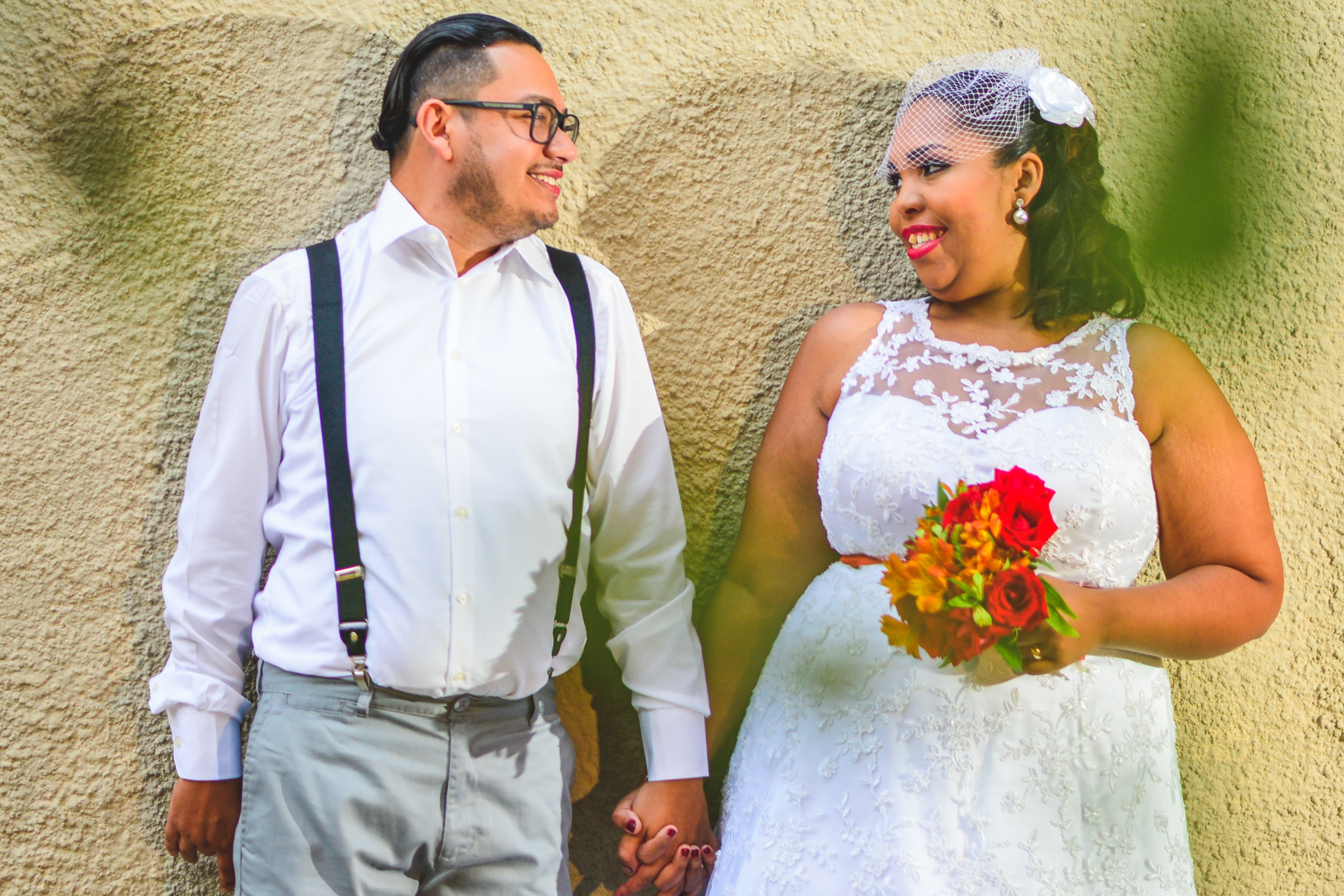marriage
Nikolaas Tinbergen’s concept of “supernormal stimulus” explains why humans are attracted to a heightened version of reality.
One of the best-known allegorical depictions of love has a rather pessimistic male twin.
Birthrates are cyclical and have gone up and down throughout history.
When the mutual relatives of two royal families died, the countries were likelier to go to war.
For a purely binary choice, wearing a ring either on the left or right hand can say a lot about the wearer.
Monogamy is often considered a key component of traditional marriages, but it’s only half the story.
▸
8 min
—
with
Most said they want to act on their desire someday. But do open relationships actually work?
Positive, romantic thoughts could produce positive, romantic outcomes while dating.
A new study used artificial intelligence to analyze relationship data from thousands of couples.
Surveys show three different types of couples who live apart together.
There are several things both men and women can do to actively boost low libido, according to research.
With the most common form of female sexual dysfunction impacting 1 in 10 women, this important study dives into how to keep a relationship going despite having different needs and wants in the bedroom.
Manly Bands wanted to improve on mens’ wedding bands. Mission accomplished.
A 12-year long study examines the differences between how same-sex and different-sex couples argue, with some surprising results.
Online dating has evolved, but at what cost?
Couples that handle sexual rejection well can improve their relationship, but persistent or hostile patterns of rejection are never healthy.
Infidelity, an inherently selfish behavior, has been analyzed by researchers to help us understand why people cheat in relationships.
Healing from a break-up should be taken as seriously as healing from a broken arm, says psychiatrist Dr. Guy Winch.
Many people often continue to harbour positive feelings towards their exes long after the relationship is over.
To know your relationship’s fate, the ups and downs may matter more than its quality at one specific moment.
A new study finds an unexpected trait that young people want in a lifelong partner.
Former evangelical pastor Joshua Harris has put himself in a difficult situation.
Couples who use marijuana experience greater intimacy.
How important is it to consider a romantic partner’s genetic profile before getting married?
Unions between Muslims and non-Muslims played a huge part in the expansion of Islam.
A revival is occurring, and we sure can use it.
A study looks at the chemistry of couples engaged in different activities.
Arranged marriages and Western romantic practices have more in common than we might think.
Nurturing several relationships at once can empower us to build a life so rich that when we lose one love among many, we don’t feel as if we’ve lost ‘everything.’
There are two main types of sexual fantasies. One, however, is more destructive than the other.

